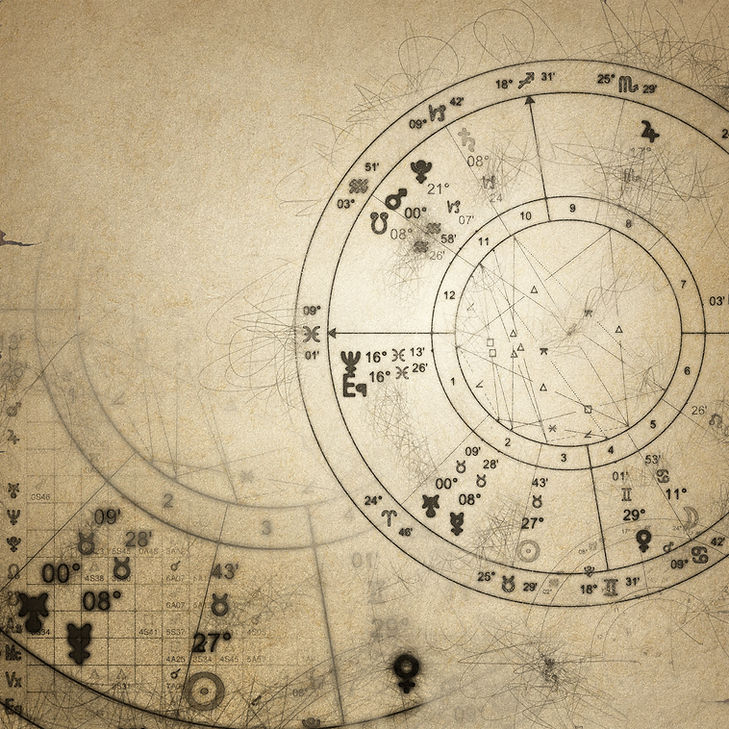The 12 Dimensions of the Cultural Mapping Inventory will equip you with a rich assessment and language to identify your personal cultural preferences.
The Cultural Mapping Inventory is a powerful assessment based on the KnowledgeWorkx 12 Dimensions of Culture.
The Cultural Mapping Inventory (CMi) was inspired by the works of Edward T. Hall, G.J Hofstede, and F. Trompenaars we stand on the shoulders of great researchers and trailblazers in the field of intercultural studies.
We believe that every person has unique cultural behavioral preferences and the combination of the "Three Colors of Worldview" and the 12 dimensions of the "Cultural Mapping Inventory" will give you deep and practical insights into your own cultural preferences and the preferences of people around you.
The Three Colors of Worldview is best used to understand the deeper cultural beliefs while the "Cultural Mapping Inventory" (12 Dimensions of Culture) is best used to illuminate what drives our cultural norms and values.
The deep and practical insights will empower you to pursue relational success in a global and diverse world.
"Culture hides much more than it reveals, and strangely enough what it hides, it hides most effectively from its own participants". -- Edward T. Hall
To communicate effectively in any inter-cultural situation, you need to recognize your mix own of cultural worldview drivers and the worldview drivers of the people with whom you are communicating.
The 12 Dimensions
The Cultural Mapping Inventory gives you a comprehensive way to measure and talk about cultural behavioral preferences. These preferences form a multi-layered snapshot of a specific person at a moment in time. Cultural preferences can be different depending on the context, and they’re not consistent in the same as personality and character.
The Cultural Mapping Inventory measures Cultural Behavioral Preference but it doesn't measure how easy it is for you to stretch across the 12 Dimensions of Culture. Your ability to stretch across the Dimensions is called Cultural Agility.
The 12 Dimensions give us the ability to accurately analyze and map the cultural human terrain around us. This allows us to make more intelligent decisions about the intercultural complexities that we face every day. We equip you to observe and listen for indicators of cultural preference and integrate them into your communication, collaboration, negotiating, and decision-making.
Below is a summary of the 12 Dimensions of Culture:
-
Growth: Do you prefer to see your organization invest more in its people or material things like infrastructure?
-
Relationship: Do you see relationships as situational, where a friendship is restricted to a few parts of your life, or are relationships universal, where a formed relationship will extend to almost all areas of life?
-
Outlook: Are you innovation-oriented, focused on plans and ideas as a measurement for success in the future, or are you tradition-oriented, focusing on past achievements as a measurement for success and status?
-
Destiny: Do you direct your destiny, trying to shape your circumstances so that they fit your goals, or are you more directed by the outside world, adapting to the circumstances, using them to reach certain goals?
-
Context: Is your culture formal with a high context, where you need to know a lot of unwritten rules to become an insider, or is it an informal culture, with a low context, where how you behave does not matter as much, as long as it is meant sincerely?
-
Connecting: Do you see people easily included in a group when they happen to be at the same place or are appointments and discussions an exclusive thing for the people involved, and others should wait for their turn?
-
Expression: Are feelings and emotions revealed and expressed freely and uninhibited (both verbal and non-verbal), or are they concealed and subdued, seeing the mastering of emotions as the correct thing to do?
-
Decision Making: Do you prefer to work by the rules and bylaws when decisions are made, or is it more important to take into account the relationship between the people involved?
-
Planning: Are you more time-oriented or people and event-oriented when planning and scheduling your life?
-
Communication: Do you communicate directly and openly, or is it more appropriate to use an indirect, or perhaps a third-party form of communication?
-
Accountability: Are you more individualistic—where you are primarily accountable to yourself—or are the opinions, growth, and direction of your community more important than your own?
-
Status: Is status best ascribed to people due to their birth, class, particular college where they studied, or is it achieved by people through hard work, diligence, and personal success?
The Cultural Mapping Inventory has both individual and group culture reports. This will allow you to use the assessment in coaching, personal and leadership development as well as in the development of High Performing Intercultural Teams.
Read more about our Framework
Now that you have seen whole KnowledgeWorkx framework take the next step
and get certified in ICI




